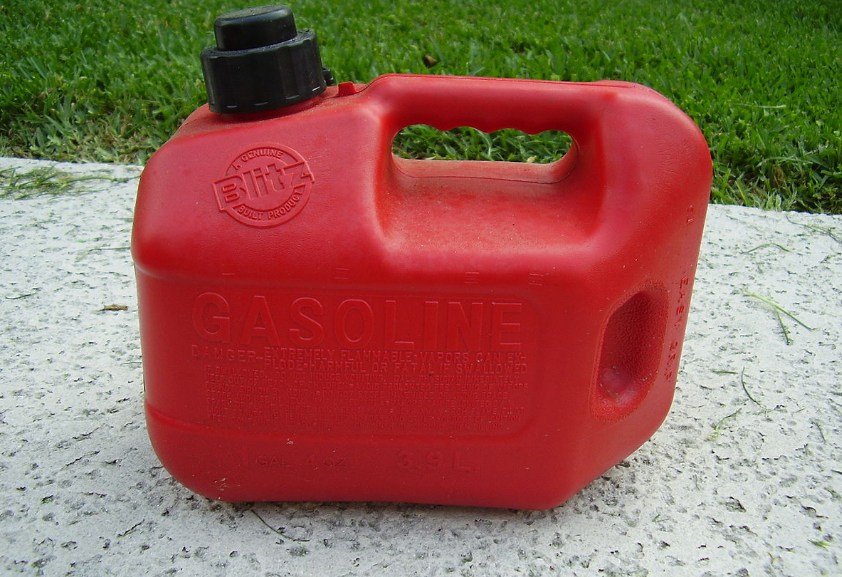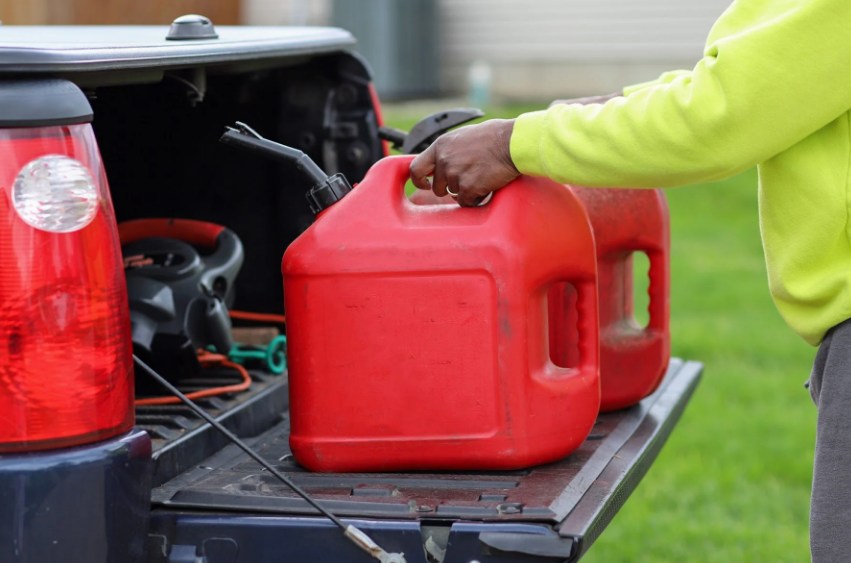Old gasoline is actually a much bigger issue than you may realize. Whether it’s stuck in your lawnmower, a forgotten gas can in the garage or even your own car, gasoline will lose its effectiveness over time, leading to engine damage, decreased fuel efficiency and potentially dangerous safety hazards. This post will walk you through how to tell gas is old, safely remove and dispose of old gas correctly and professionally, and keep this from happening again.
Thank you for reading this post, don't forget to subscribe!Identifying Old Gasoline
Before you throw out or dump gasoline, you want to know if it’s gone bad. Gasoline, when left to deteriorate becomes chemically different than original gasoline, and these differences can affect the way gasoline burns and the risk for danger. So here are some signs from the gas gods that you may have stale or otherwise bad gas:
-
Visual Changes
A clear color for fresh gasoline is a light yellow. If the fuel has developed a darker orange-brown hue, it’s probably degraded. The color change is warning the user that the additives and the hydrocarbons in the gasoline have deteriorated.
-
Unusual Smell
Stale gasoline will typically smell sour and strong, as opposed to the light smell of new gas. If the odor is sharp or otherwise off, it’s a good indication the fuel is no longer potent.
-
Poor Engine Performance
The fuel might be the culprit if you’ve tried to run old gasoline and gotten a sputtering engine or poor acceleration, or the machine simply won’t start. Contaminated gasoline can lead to incomplete combustion or obstruct your engine’s equipment.
Safe Removal of Old Gasoline
After you know the gasoline is beyond its shelf life, the next step is to dispose of it properly. Whether it’s tucked away in a car, lawn equipment or a gas canister, here are step-by-step instructions for protecting yourself, your equipment and the world around you.
Step 1. Gather Safety Gear
Wearing the proper protective gear is key. Wear gloves to shield your hands from skin irritation and perform in a ventilated locateso you won’t inhale harmful fumes. If you’re inside, try to open a garage door or use fans to increase air circulation.
Step 2. Use the Right Tools
You’ll have to siphon or pump out the old gasoline, and what that means is a fuel siphon or pump, for safe and clean fuel transfer without a drop spilled. Make sure the gas container you are using is designed for fuel storage.
Step 3. Siphon the Gasoline Carefully
Gently insert in the gas tank or gas can full of old fuel and pump it out into the fuel-safe container. Do not use gravity or hand siphoning because gasoline is dangerous to have direct contact with.
Step 4. Clean the Remaining Residue
There may still be a tiny bit of old gasoline residue that will not be siphoned out. It can be cleaned up with a cleaner for gas tanks or something that will absorb, such as a micro fiber cloth.

Options for Legal and Responsible Disposal
Improper disposal of gas isn’t just illegal in most places, it’s also extremely bad for the environment. Gasoline can seep into water supplies, poison wildlife and be a fire or explosion risk. Here are a few environmentally friendly and legal ways to get rid of old gasoline.
Bring It to a Household Hazardous Waste Facility
In many cities there are hazardous waste disposal facilities where the citizens can bring in old gasoline. It will accept dirty gasoline, with water, oil or other contaminants. Consult your local government’s guidelines for their needs.
Contact a Local Auto Shop
Some auto shops or mechanics might have the means to deal with outdated gasoline. They may recommend introducing small concentrations of old fuel into fresh fuel to dilute it so that it’s safe to use, or they may simply recommend disposing of it in a safe manner on your behalf.
Household Hazardous Waste Collection Days
Your municipality may hold special collection days for hazardous waste. These are great opportunities to get rid of old gasoline, because they typically accept household chemicals and solvents, too.
How to Keep Gasoline From Going Bad
Lowering the risk of having old gasoline to begin with can save you time, money and stress. Here are a few good preventative measures that will help your fuel last much longer.
-
Use Stabilizers
Fuel stabilizers can also lengthen the life of gasoline. These adjuncts fight against oxidation and the chemical breakdown that occurs over time in your gasoline, keeping it stable for up to 24 months. Just pour in the stabilizer with the fuel using the provided directions prior to storing.
-
Store in Proper Containers
Automotive fuel can be saved in containers meant for fuel. They are constructed of sturdy non-reactive materials to help protect fuel from the elements of air and moisture which can cause fuel to break down more quickly.
Avoid Purchasing Excess Fuel
When possible, purchase only the fuel you are going to use in the near future, like during off-season months for equipment like lawnmowers or snow blowers. This reduces the chance of fuel becoming stagnant.
Rotate Fuel in Vehicles
If there is still fuel in a little used vehicle or piece of equipment, transfer it to another vehicle or container before it goes bad. This way you always have new good fuel to use.
Manage Fuel Responsibly
Disposing of old gasoline is not only important for home safety reasons; it’s also crucial to the health of your equipment, your wallet and the environment. As a responsible citizen you are taking a responsible step by identifying when fuel has gone bad, safely removing it and disposing of it in a responsible manner. Best of all, keeping headaches at bay is even possible by adhering to prevention.
If you have old gasoline sitting in your garage, don’t wait. Use these pointers and never let your fuel be a concern again.



